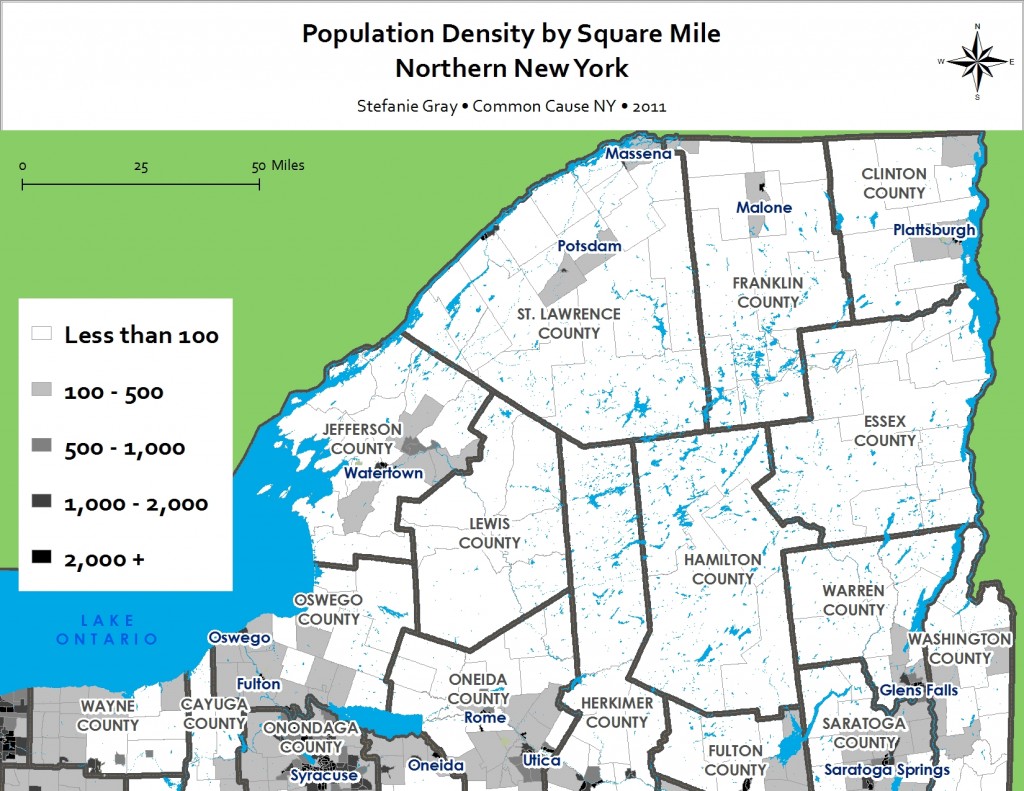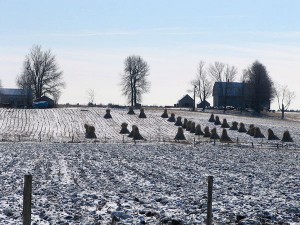How come?

I wonder about population numbers. What do you wonder about? Photo: Common Cause NY.
Whether you’re a newcomer or a native, there are probably things you’ve wondered about this region.
I’ve always wondered why St. Lawrence County’s population has remained static since 1900.
There are history, science, pop culture and trivia experts out there who can probably answer any question you come up with.
So, we’ll ask one of your questions each week and see what we get back.
As reporter Sarah Harris put it, this is a “semi-controlled experiment in crowd-sourcing information.” Wow.
Here are some examples of questions our staff came up with this morning:
Why is the big rock on the road between Colton and Tupper Lake covered in graffiti? Sarah Harris wondered if the story she’d heard about this being part of the Clarkson fraternity/sorority pledge process is true.
Lucy Martin, our gal in Ontario, who spent decades in Hawaii swimming in a warm ocean, wonders if northerners can share any tips with her about swimming in cold lakes and rivers–the stuff everyone here gets taught as kids.
And, our official question of the week comes from web manager Dale Hobson, with a follow up related question from reporter Zach Hirsch:
Why did the first Amish families move to the north country? Before about 1970, there were no Amish families here. Now, they are a significant segment of the region’s population. It’s got to be more than the price of land–there are lots of similar rural regions around the country, many with more hospitable climates.
And Zach’s related question:
Can you characterize the nature of the relationship between the Amish community and the dominant non-Amish community around it?
Two assignments for you: if you can help answer these questions, share what you know in a comment or email to [email protected]. I’ll report back next week on responses.
If you have a question of your own, send to [email protected] with “how come” in the subject line. We’ll select one of your questions for next week’s “how come?” post. Thanks.
Tags: Amish, how come, questions, regional information









The Amish arrived in the North Country in 1974, two groups arriving separately and establishing very different communities. In 1974, three Amish families moved from Snyder Count, Pennsylvania, to the Norfolk area in St. Lawrence County to establish the first Swiss Amish church in New York State, and others soon joined them, some coming from church districts in Indiana and Michigan. At roughly the same time, Swartzentruber Amish families began arriving in the Rennselaer Falls-Heuvelton area from the large Holmes Co./Wayne Co. settlement in Ohio (the largest Amish settlement in the world). The decision by both groups to settle in St. Lawrence County was very much influenced by the availability of cheap farm land (and lots of it). As one settler to Norfolk noted at the time, ““Farms here are dirt cheap, and it’s good land.” As a Swartzentruber man put it, “They’re moving out of Ohio. It’s so full there, and land is about as cheap here in New York as any where.” But many who moved to Norfolk chose to do so because there were internal disagreements in the Pennsylvania community. The Swartzentrubers, on the other hand, were seeking a way to raise their children away from the influence of more progressive Amish. As one woman told me, “It was so crowded in Ohio, and there were so many different kinds of [Amish] people.” St. Lawrence County had the advantage of being far from other settlement, and, in 1974, there was lots of room to spread out.
As for the relationship between the Amish and their English neighbors, it’s just that–neighborly. Some get along better with the English than others. They go to English doctors, shop in English stores, and depend on English trade for their goods. The Amish pay all taxes. The Amish are, most simply, a people who, as a result of their faith, make different choices than their non-Amish neighbors. Unfortunately, not only might these different choices cause misunderstandings between neighbors, but they can also bring the Amish into more serious conflict with local, secular authorities. There are several different kinds of Amish in the North Country, and the non-Amish, not always aware of the differences, sometimes have expectations that can’t be met.
FYI, there is NO Amish mafia.
For those who may not know, Karen has written several books about Amish culture and history, was one of the key academic participants in the making of the PBS special about the Amish, and is well-known throughout the Amish community. If you’re interested in learning more about the Amish, I highly recommend Karen’s very readable books.
I lived very near an Amish community in Hartville, Ohio, and watched as they moved out. The Amish left that part of the country for the same reason as I did…you couldn’t possibly afford to buy land there when you were in competition with the newest mall, auto dealership, convenience store, or housing development. The saddest part is that the very best farmland in the country (and the former Amish community) is now buried under suburban sprawl.
In reply to Zach’s question. When you drive through a town like Flackville for instance, what makes you define the non-Amish as the “dominant” culture? I see farm after farm putting the land into production like we (non-Amish) haven’t seen in a generation. Vibrant, productive communities are being built in between the run-down trailer-trash dregs of the communities that used to be here. While the Amish are out there working, the children of the “dominant” culture are playing video games.
Michael: In fairness to Zach, I don’t think he actually used the word “dominant” when he posed the question to me. I used “dominant” as opposed to “English” because not everyone knows that the Amish refer to non-Amish people as “English.”